| We went to the Harvard Museum of Natural History, and
there we found the exhibition of Glass Flowers. This is a famous collection
of over 4,400 models of plants created by father and son, Leopold and Rudolph Blaschka. | 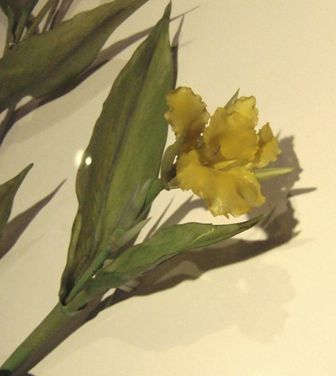 |
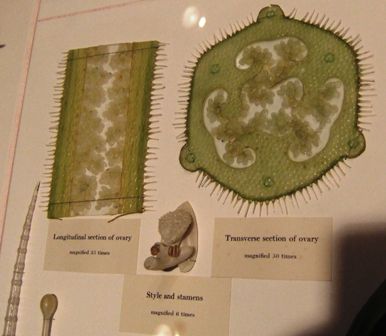 |
Descended from a long line of Bohemian glass blowers, they had specialised
in modelling marine invertebrates and this brought them to the attention of
George Lincoln Goodale, the first Director of Harvard's botanical museum. |
| In 1886, he visited them in Dresden and persuaded them
to make a small number of botanical models to be used for teaching purposes.
This included enlarged versions of specific botanical details. | 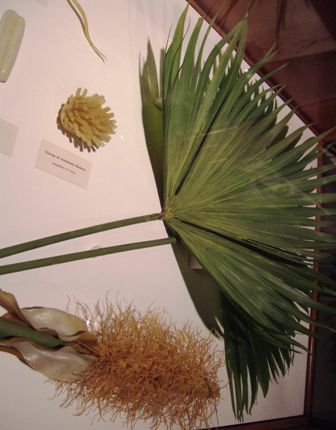 |
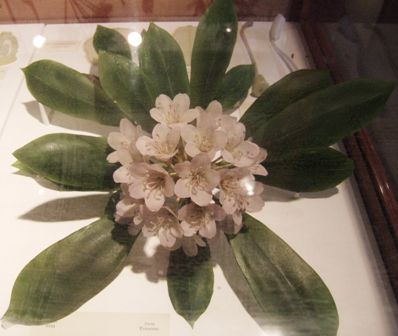 |
A Boston lady called Elizabeth Ware was so impressed by these that she and
her daughter sponsored the Blaschkas to make many more models for the
university. In 1890 they signed an exclusive contract with the university.
75% of the models were completed by 1895 when Leopold died. Rudolph was to
continue the work for another 40 years. |
| Most of the early models were painted but Rudolph went
on to develop coloured glasses for the later models.. | 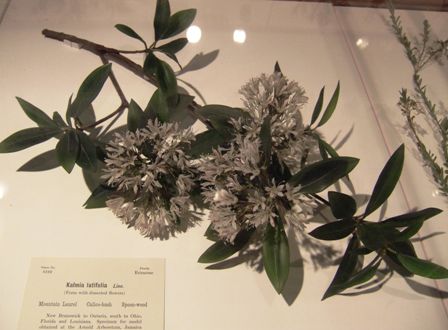 |
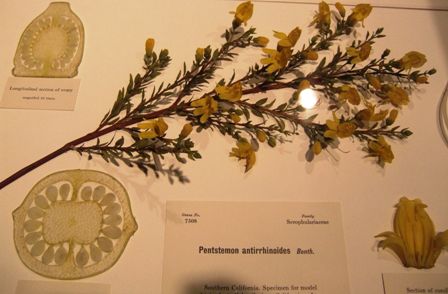 |
They started with meticulous drawings and these have become works of art in
their own right. Although the models are fragile they represented a huge
advance in the teaching of plant biology. |
| Most of the models are housed at Harvard in this
permanent exhibition, but a few are on loan elsewhere such as at the Corning
Museum of Glass which we have also visited. | 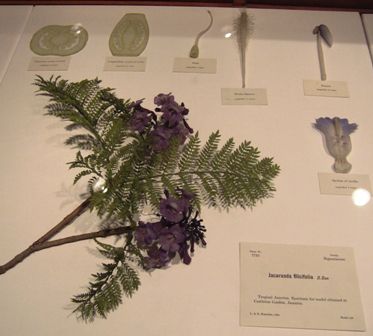 |
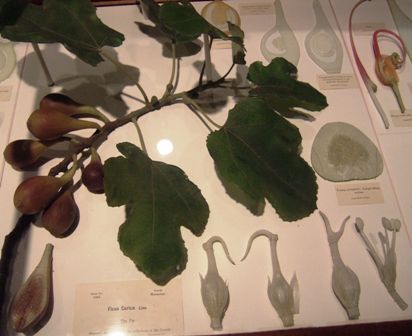 |
The detailed components of the flower as on this example are just amazing. To
protect the pigments on these flowers which are now over 100 years old, they
are kept under reduced lighting, which makes the photographs difficult. |
| But for some the colours are still as vivid as ever.
It may be that these were some of the later models made from coloured glass. | 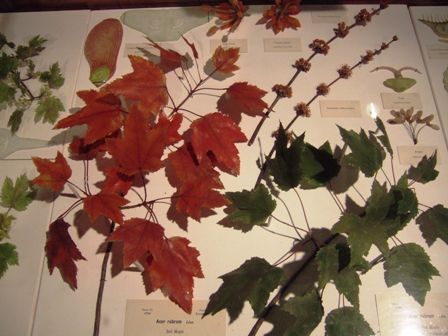 |
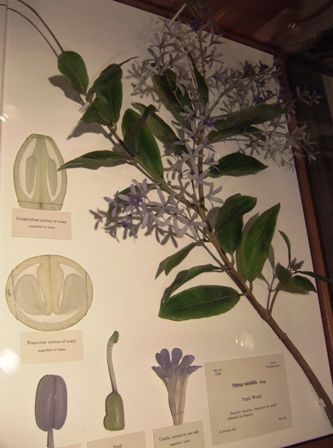 |
The intricate detail of the flower heads is amazing, and having watched the
process of making glass flowers the skill of the Blaschkas can only be
marvelled at. |
| Perhaps most amazing are the grasses where entire root
systems have been modelled. Every root fibre is a strand of glass. | 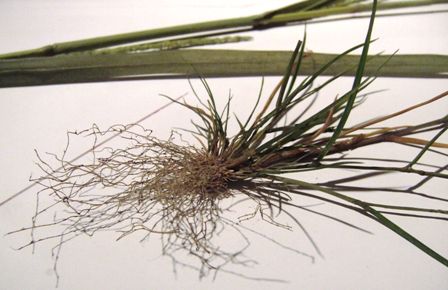 |
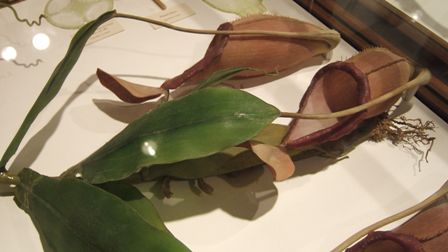 |
These are the insect-eating plants. The only fault is that you cannot see
them in operation. |
| With most plants come the detailed parts and cross
sections so invaluable for teaching. Those parts are many times life size in
most cases but represent an understanding of detail which exists rarely
today. | 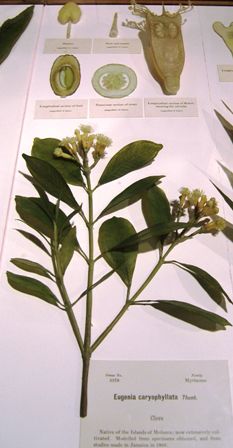 |
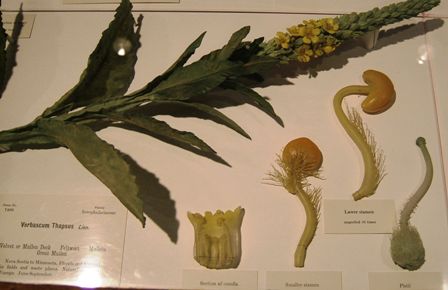 |
We are not botanists so cannot fully appreciate these models except as works
of art, which they truly are. |
|